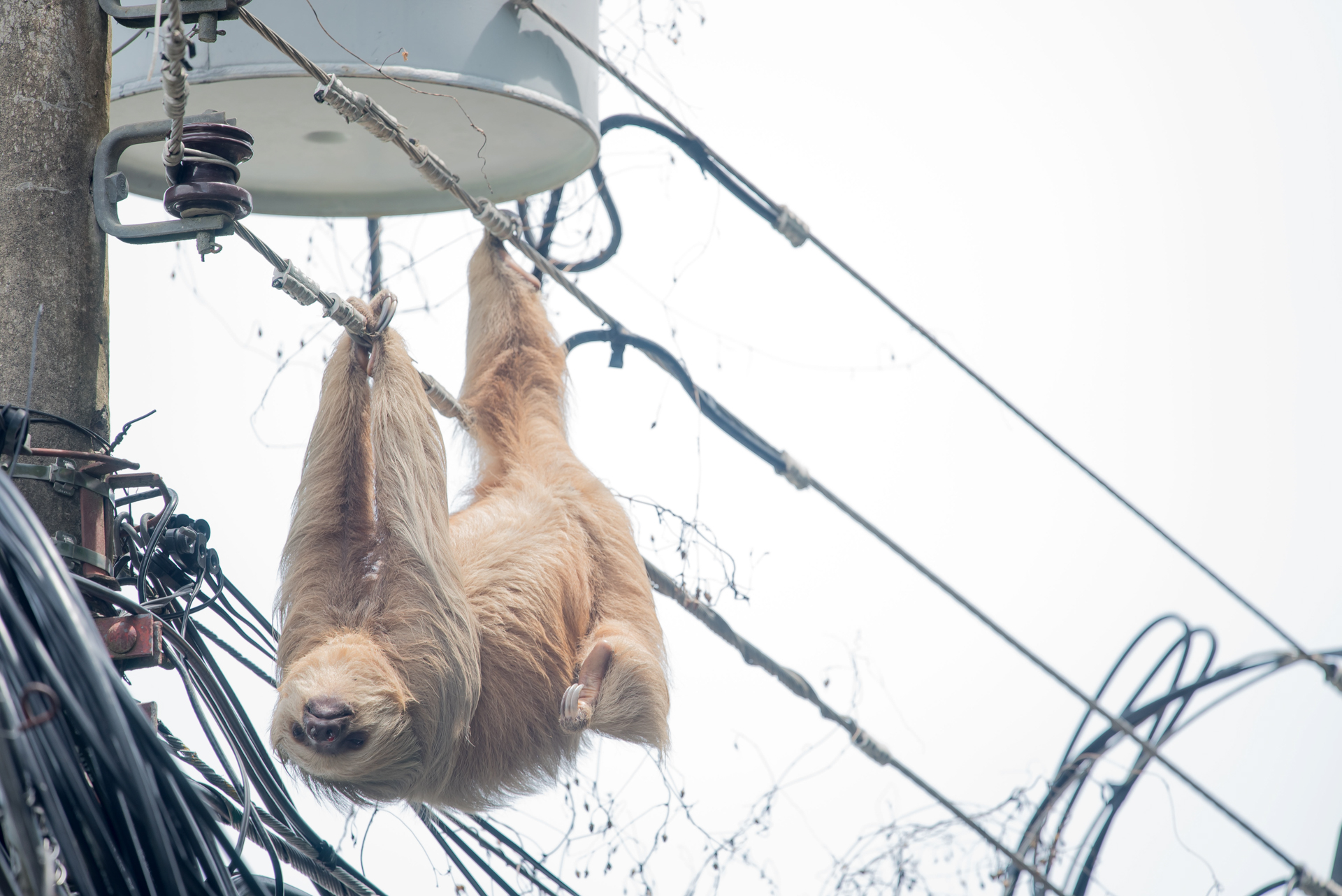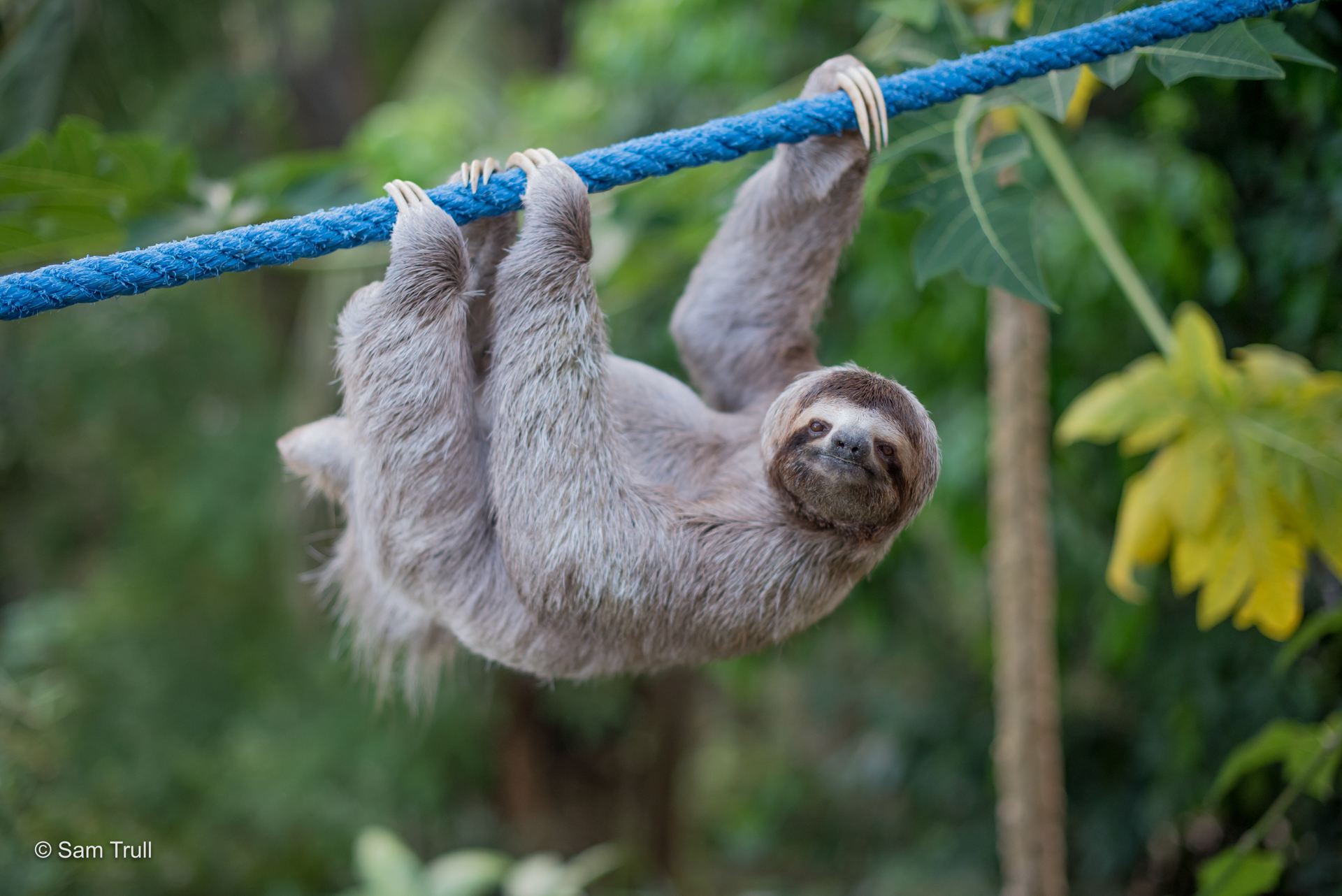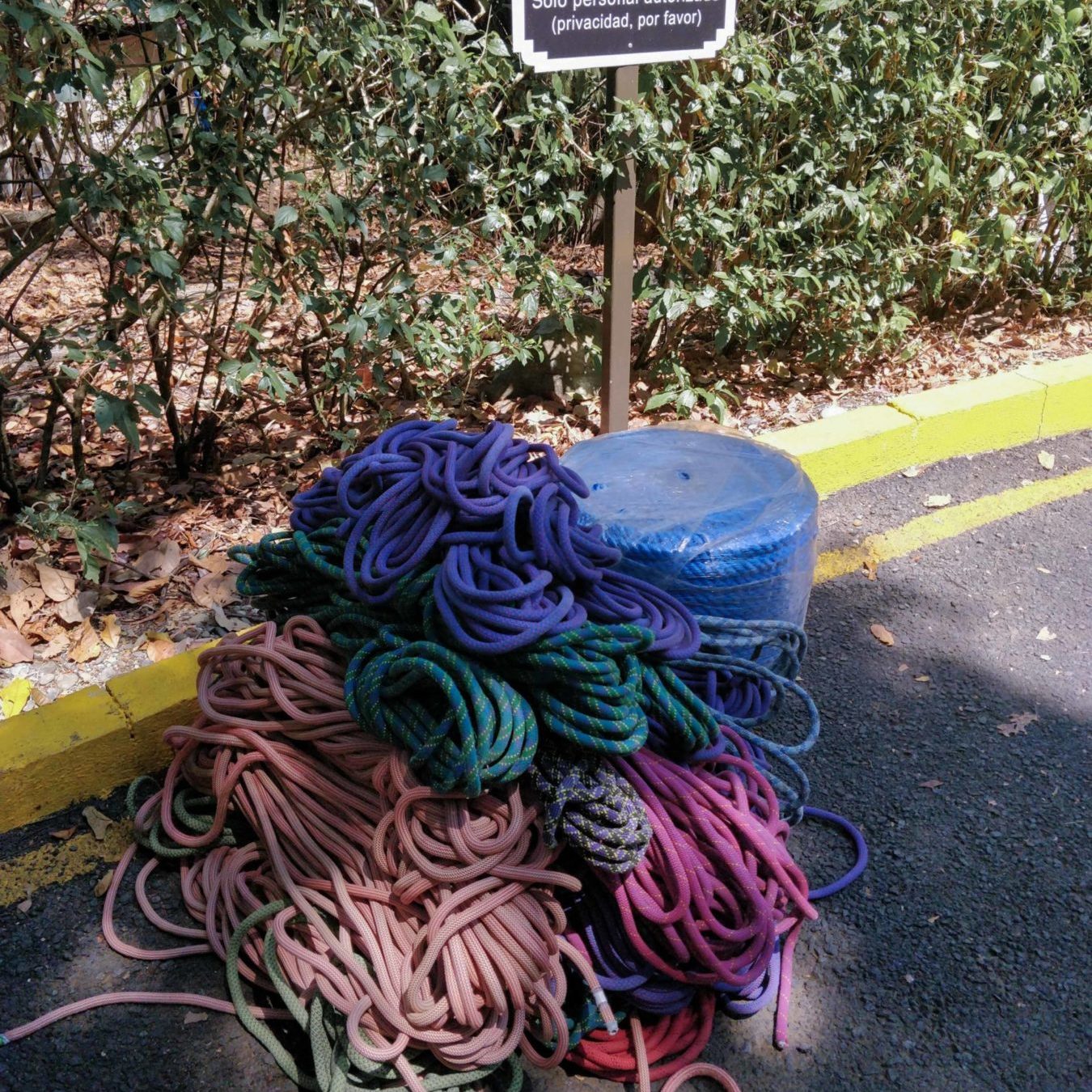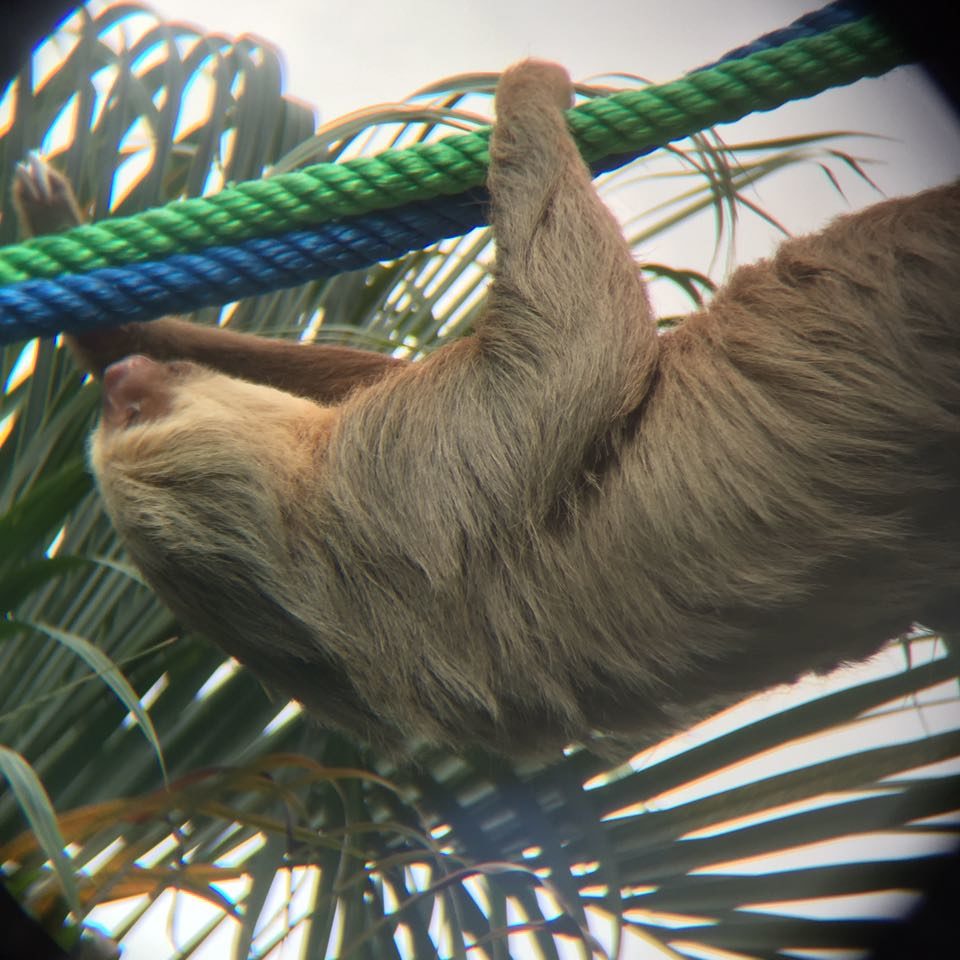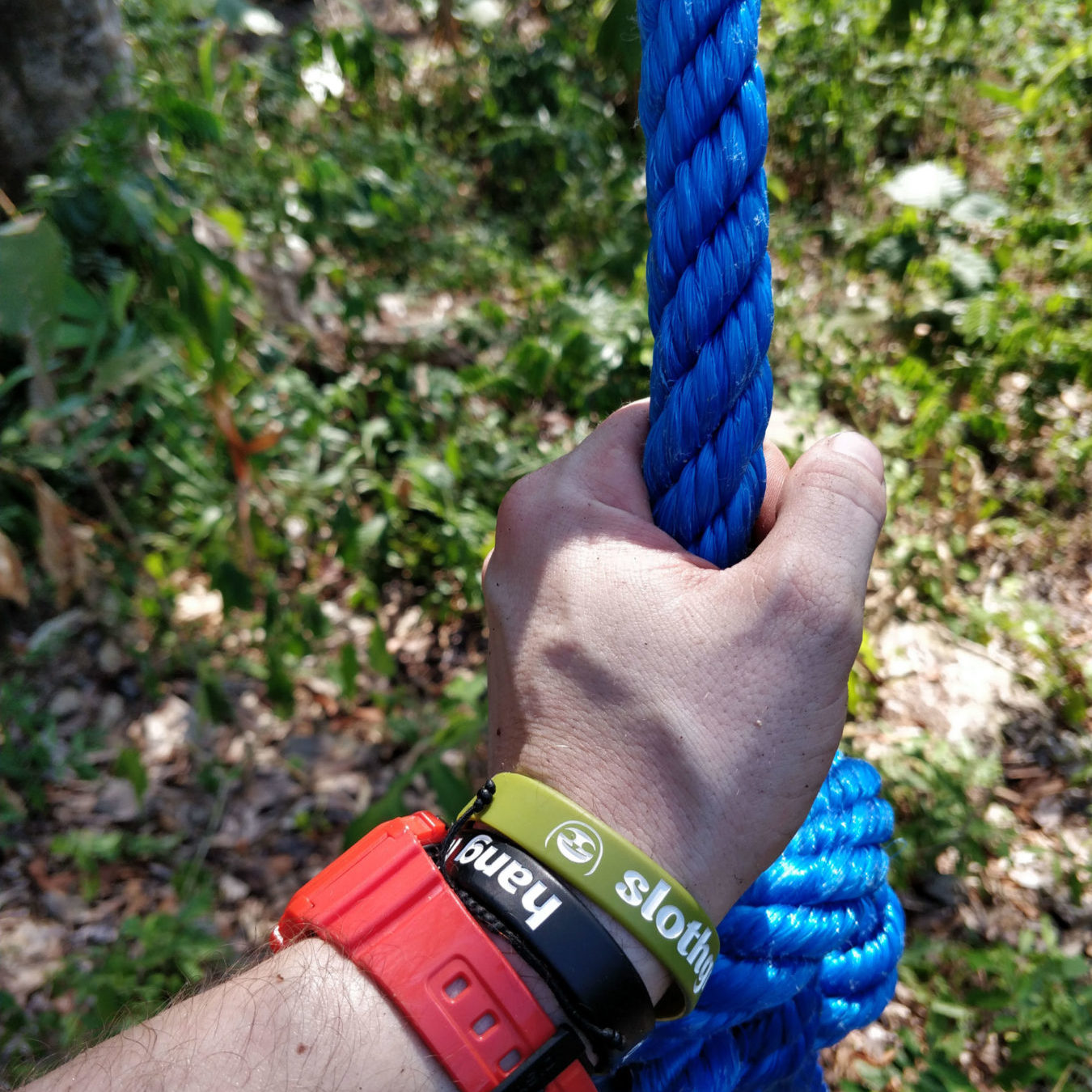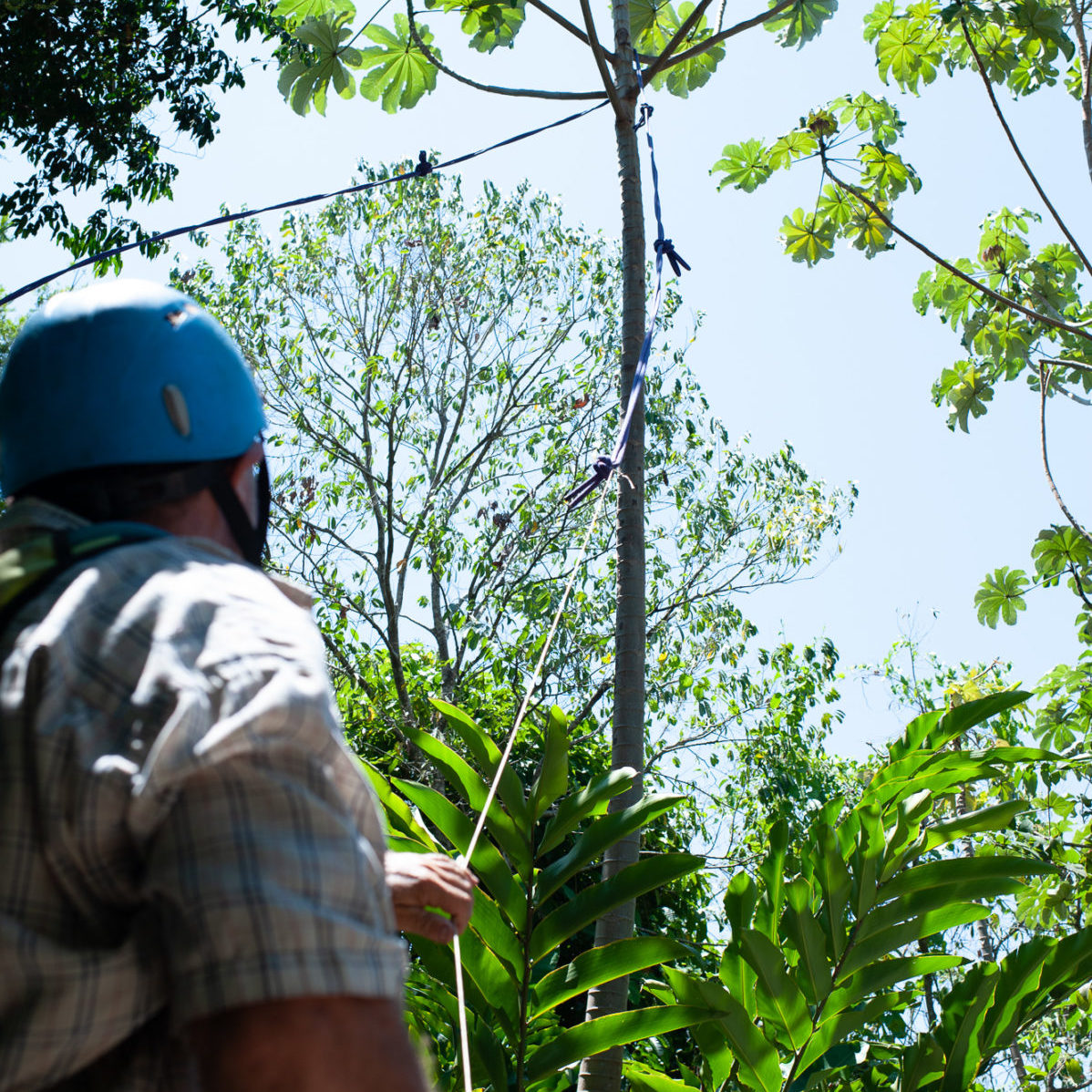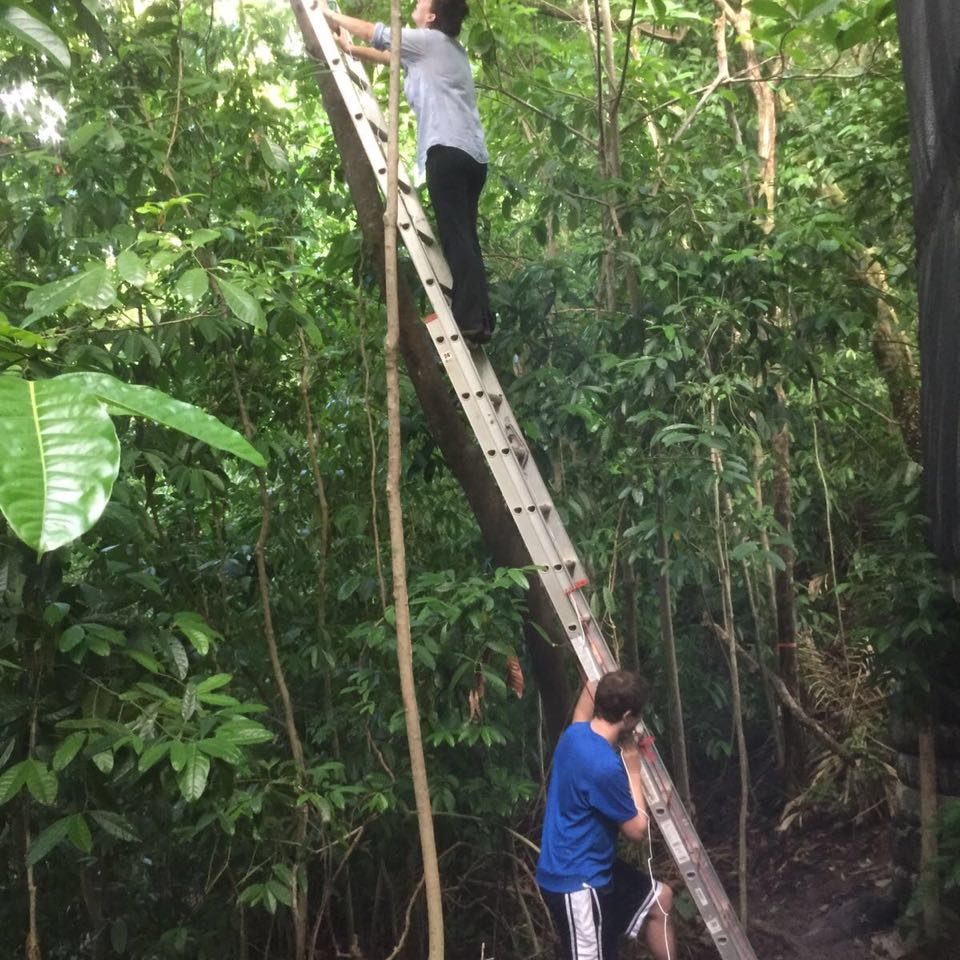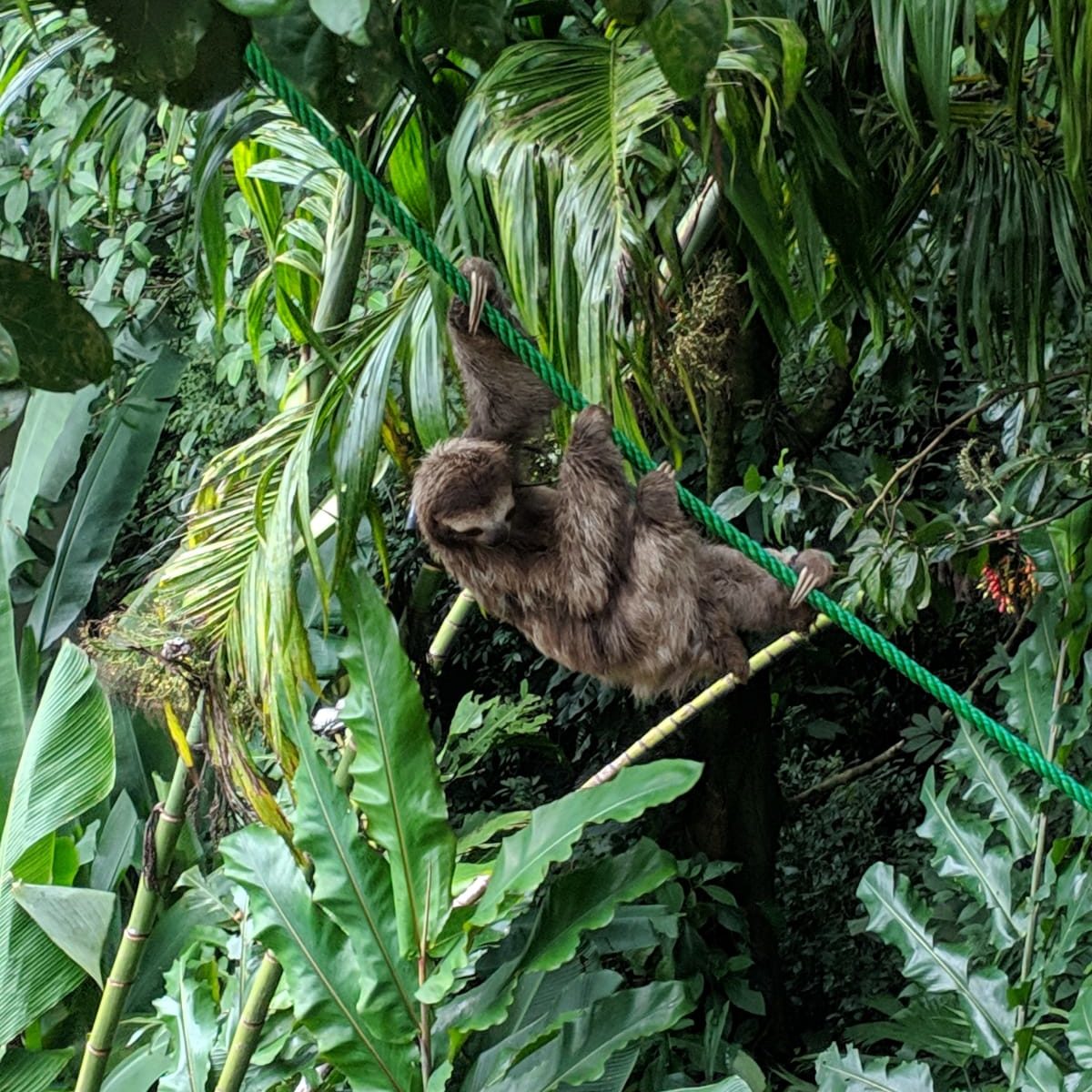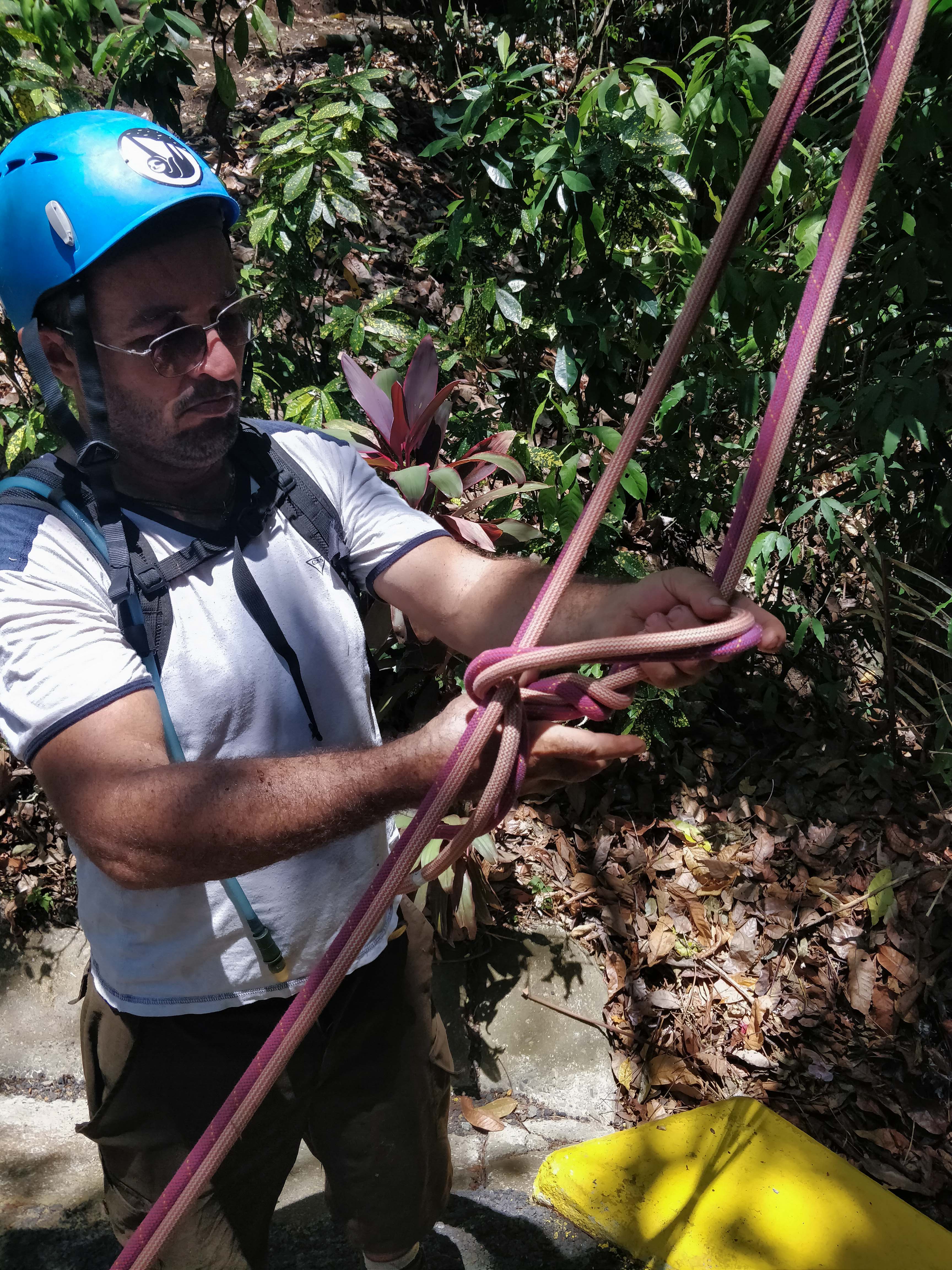Sloth Speedways
Deforestation in the rainforest is the greatest threat that sloths face as it is causing them to lose vital connections to their homes, food, and safety. When trees are cut down, sloths have to find other trees and other ways to travel – they climb onto electrical wires or they try to cross the road. They end up killed or badly maimed. They also lose access to important food resources leaving them to be malnourished or starve to death. Sloths without safe places to rest and take shelter to end up stressed and more likely to get sick and are also more susceptible to predators and changes to the climate.
The idea for sloth speedways is to retain the connection of the forest away from the roads to prevent sloths from seeking out new habitat (across roads). This should help prevent migration to dangerous areas by allowing sloths to have access to the food and shelter they need.







